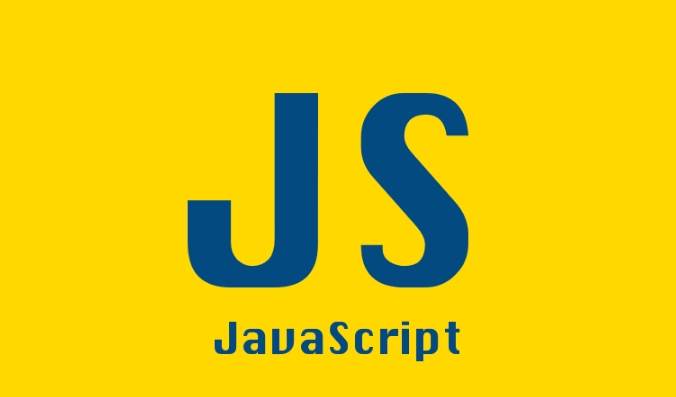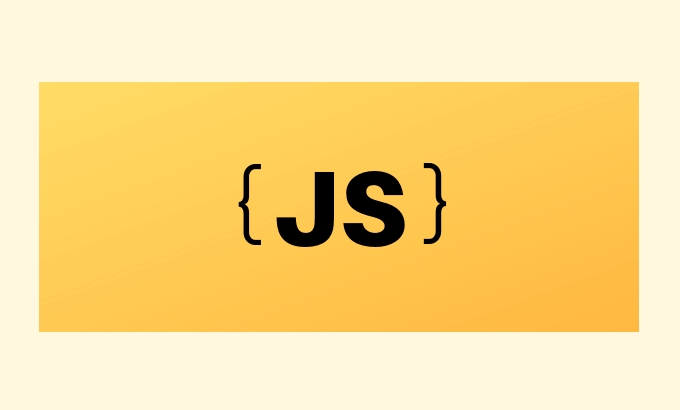In JavaScript, there are four common ways to add elements to an array: 1. Push() adds at the end and returns a new length; 2. Unshift() adds at the beginning and returns a new length; 3. Direct assignment through the index is suitable for specified positions, but may generate empty spaces; 4. splice() can insert elements at any position and modify the original array. These methods will change the original array, and you need to choose the appropriate method according to the specific needs when using it.

In JavaScript, adding elements to an array is a very common operation. Although there are many methods, different scenarios are suitable for different methods. The key is to be clear about the characteristics and application of each method.

1. Use push() method to add elements to the end of the array
This is one of the most commonly used methods, push() can append one or more elements at the end of the array and return a new length.
let arr = [1, 2, 3]; arr.push(4); console.log(arr); // [1, 2, 3, 4]
Supports adding multiple elements at once:

arr.push(4, 5, 6);
This method will change the original array , so be careful of side effects when using it.
2. Use unshift() to add elements at the beginning
If you need to insert elements at the beginning of the array, you can use unshift() :

let arr = [2, 3, 4]; arr.unshift(1); console.log(arr); // [1, 2, 3, 4]
Adding multiple elements is also supported:
arr.unshift(0, 1);
Like
push(), this method also modifies the original array .
3. Direct assignment through index (applicable to specified locations)
If you know where to insert, you can assign values ??directly through the index:
let arr = [1, 2, 3]; arr[3] = 4; console.log(arr); // [1, 2, 3, 4]
If the index exceeds the current array length, a "empty" will appear in the middle of the array (i.e.
empty):arr[5] = 6; // arr is now [1, 2, 3, 4, empty, 6]
This method will not automatically fill in the gaps in the middle, so you need to pay attention to it when using it.
4. Use splice() to insert elements anywhere
splice() is a powerful method that can be used to delete, replace or insert elements.
let arr = [1, 2, 4, 5]; // Insert '3' in index 2 arr.splice(2, 0, 3); console.log(arr); // [1, 2, 3, 4, 5]
Parameter description:
The first parameter: Starting index
The second parameter: the number of elements to be deleted (0 means not to delete)
Third and later: Elements to be added
This method will also modify the original array and return the deleted array of elements (if not deleted, it will return an empty array).
Basically these commonly used ways to add elements. Different methods have different uses and characteristics, such as whether to modify the original array, insertion position, etc., and choose the most appropriate method according to the specific needs.
The above is the detailed content of Adding Elements to an Array in JavaScript. For more information, please follow other related articles on the PHP Chinese website!

Hot AI Tools

Undress AI Tool
Undress images for free

Undresser.AI Undress
AI-powered app for creating realistic nude photos

AI Clothes Remover
Online AI tool for removing clothes from photos.

Clothoff.io
AI clothes remover

Video Face Swap
Swap faces in any video effortlessly with our completely free AI face swap tool!

Hot Article

Hot Tools

Notepad++7.3.1
Easy-to-use and free code editor

SublimeText3 Chinese version
Chinese version, very easy to use

Zend Studio 13.0.1
Powerful PHP integrated development environment

Dreamweaver CS6
Visual web development tools

SublimeText3 Mac version
God-level code editing software (SublimeText3)

Hot Topics
 How to remove duplicate elements from PHP array using foreach loop?
Apr 27, 2024 am 11:33 AM
How to remove duplicate elements from PHP array using foreach loop?
Apr 27, 2024 am 11:33 AM
The method of using a foreach loop to remove duplicate elements from a PHP array is as follows: traverse the array, and if the element already exists and the current position is not the first occurrence, delete it. For example, if there are duplicate records in the database query results, you can use this method to remove them and obtain results without duplicate records.
 PHP array key value flipping: Comparative performance analysis of different methods
May 03, 2024 pm 09:03 PM
PHP array key value flipping: Comparative performance analysis of different methods
May 03, 2024 pm 09:03 PM
The performance comparison of PHP array key value flipping methods shows that the array_flip() function performs better than the for loop in large arrays (more than 1 million elements) and takes less time. The for loop method of manually flipping key values ??takes a relatively long time.
 The Art of PHP Array Deep Copy: Using Different Methods to Achieve a Perfect Copy
May 01, 2024 pm 12:30 PM
The Art of PHP Array Deep Copy: Using Different Methods to Achieve a Perfect Copy
May 01, 2024 pm 12:30 PM
Methods for deep copying arrays in PHP include: JSON encoding and decoding using json_decode and json_encode. Use array_map and clone to make deep copies of keys and values. Use serialize and unserialize for serialization and deserialization.
 PHP array multi-dimensional sorting practice: from simple to complex scenarios
Apr 29, 2024 pm 09:12 PM
PHP array multi-dimensional sorting practice: from simple to complex scenarios
Apr 29, 2024 pm 09:12 PM
Multidimensional array sorting can be divided into single column sorting and nested sorting. Single column sorting can use the array_multisort() function to sort by columns; nested sorting requires a recursive function to traverse the array and sort it. Practical cases include sorting by product name and compound sorting by sales volume and price.
 Application of PHP array grouping function in data sorting
May 04, 2024 pm 01:03 PM
Application of PHP array grouping function in data sorting
May 04, 2024 pm 01:03 PM
PHP's array_group_by function can group elements in an array based on keys or closure functions, returning an associative array where the key is the group name and the value is an array of elements belonging to the group.
 Best Practices for Deep Copying PHP Arrays: Discover Efficient Methods
Apr 30, 2024 pm 03:42 PM
Best Practices for Deep Copying PHP Arrays: Discover Efficient Methods
Apr 30, 2024 pm 03:42 PM
The best practice for performing an array deep copy in PHP is to use json_decode(json_encode($arr)) to convert the array to a JSON string and then convert it back to an array. Use unserialize(serialize($arr)) to serialize the array to a string and then deserialize it to a new array. Use the RecursiveIteratorIterator to recursively traverse multidimensional arrays.
 Exploring the complexity of PHP array deduplication algorithms
Apr 28, 2024 pm 05:54 PM
Exploring the complexity of PHP array deduplication algorithms
Apr 28, 2024 pm 05:54 PM
Complexity of PHP array deduplication algorithm: array_unique(): O(n) array_flip()+array_keys(): O(n) foreach loop: O(n^2)
 The role of PHP array grouping function in finding duplicate elements
May 05, 2024 am 09:21 AM
The role of PHP array grouping function in finding duplicate elements
May 05, 2024 am 09:21 AM
PHP's array_group() function can be used to group an array by a specified key to find duplicate elements. This function works through the following steps: Use key_callback to specify the grouping key. Optionally use value_callback to determine grouping values. Count grouped elements and identify duplicates. Therefore, the array_group() function is very useful for finding and processing duplicate elements.







